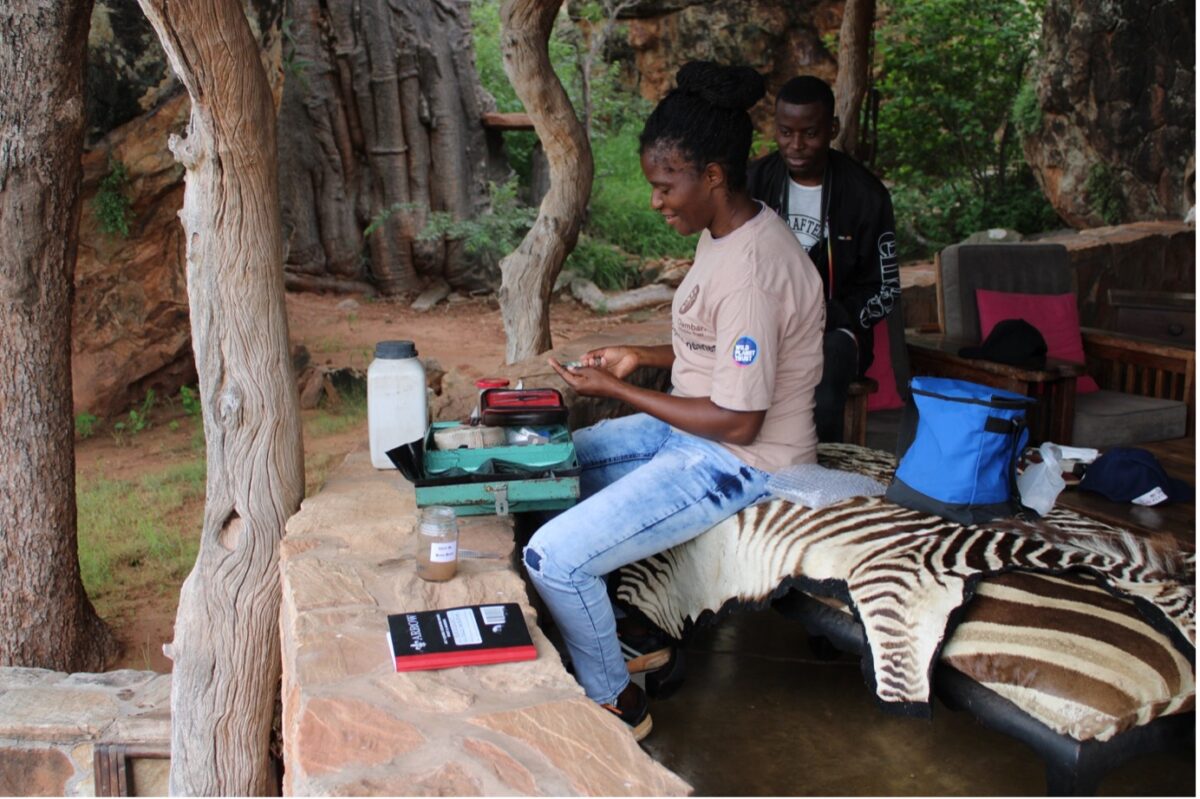The Natural History Museum of Zimbabwe recently carried out a ten day field research expedition during the local rainy season in the southern part of the country. This new JRS grant supports field work for accurate mapping of herpetofauna diversity data, the production of field guides and species occurrence publications as well as training and education in Zimbabwe. Led by Project Director Shiela Broadley, the field team included museum staff and university students, who worked near the Limpopo River in the area of Border Ridge/Sentinel and Nottingham Estates. The rains and high rivers made survey research challenging but ultimately the team was able to collect and prepare many specimens for the museum collection.
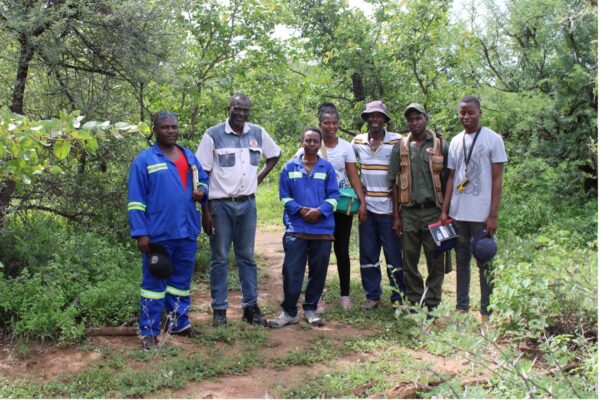
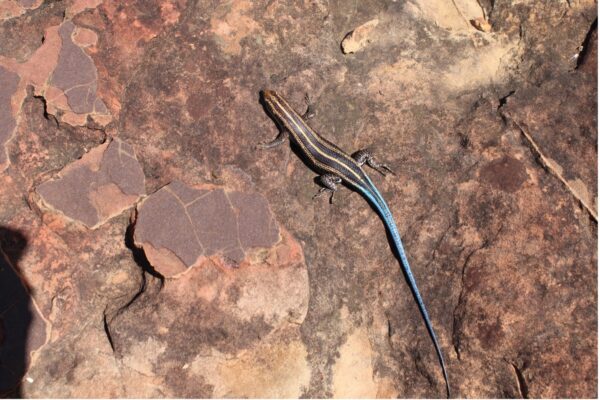
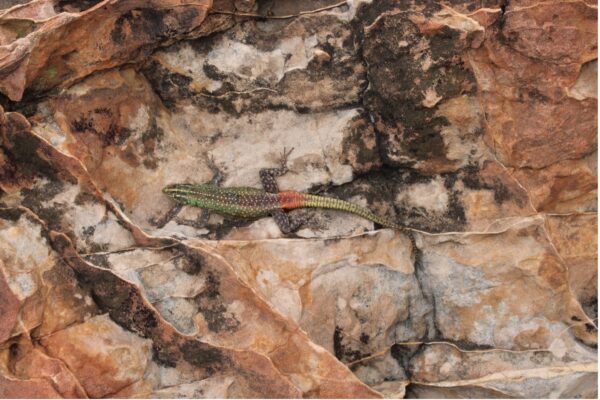
In addition to carrying out surveys and specimen collection, the team visited school children at the Nottingham Junior School to discuss biodiversity and explain the field survey work. Several children participated in digging holes for pitfall traps and were taught how to monitor then during the visit.
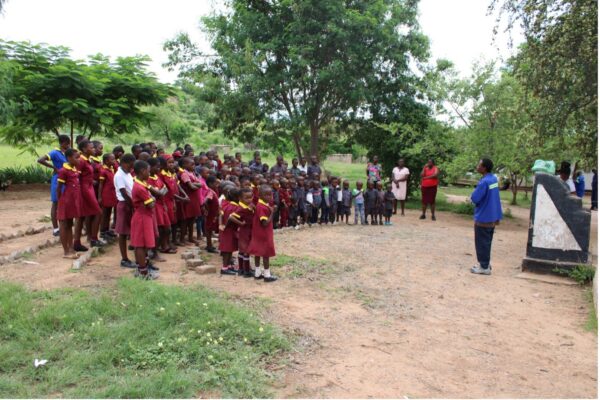
Read more about the Dambari Wildlife Trust & Natural History Museum of Zimbabwe grant Zimbabwe Herpetofauna Data: Mobilizing Data for Mapping Biodiversity Distribution, for Climate Change and Conservation Strategies.

